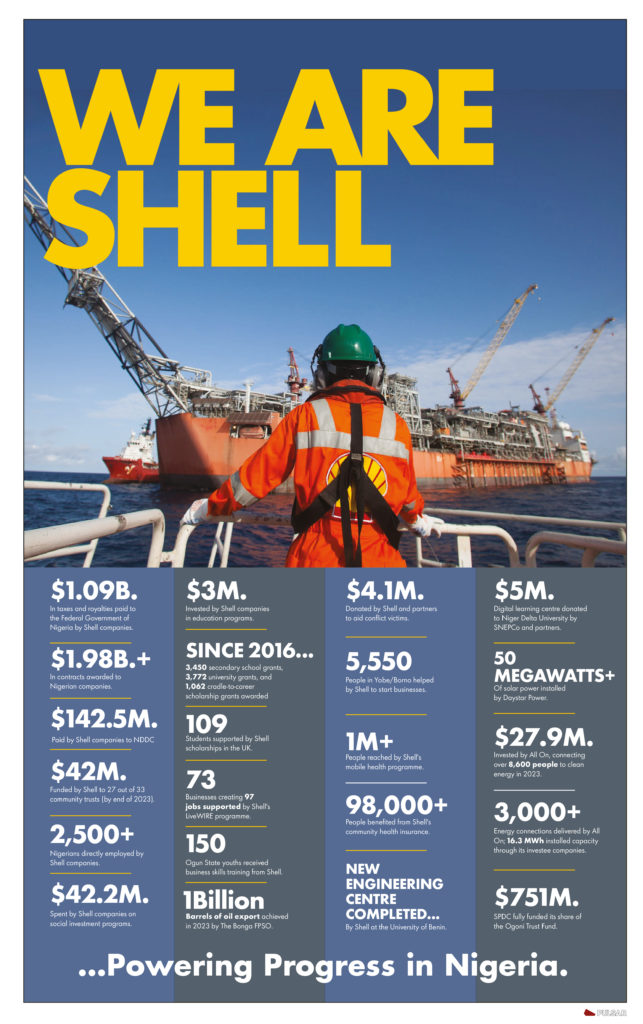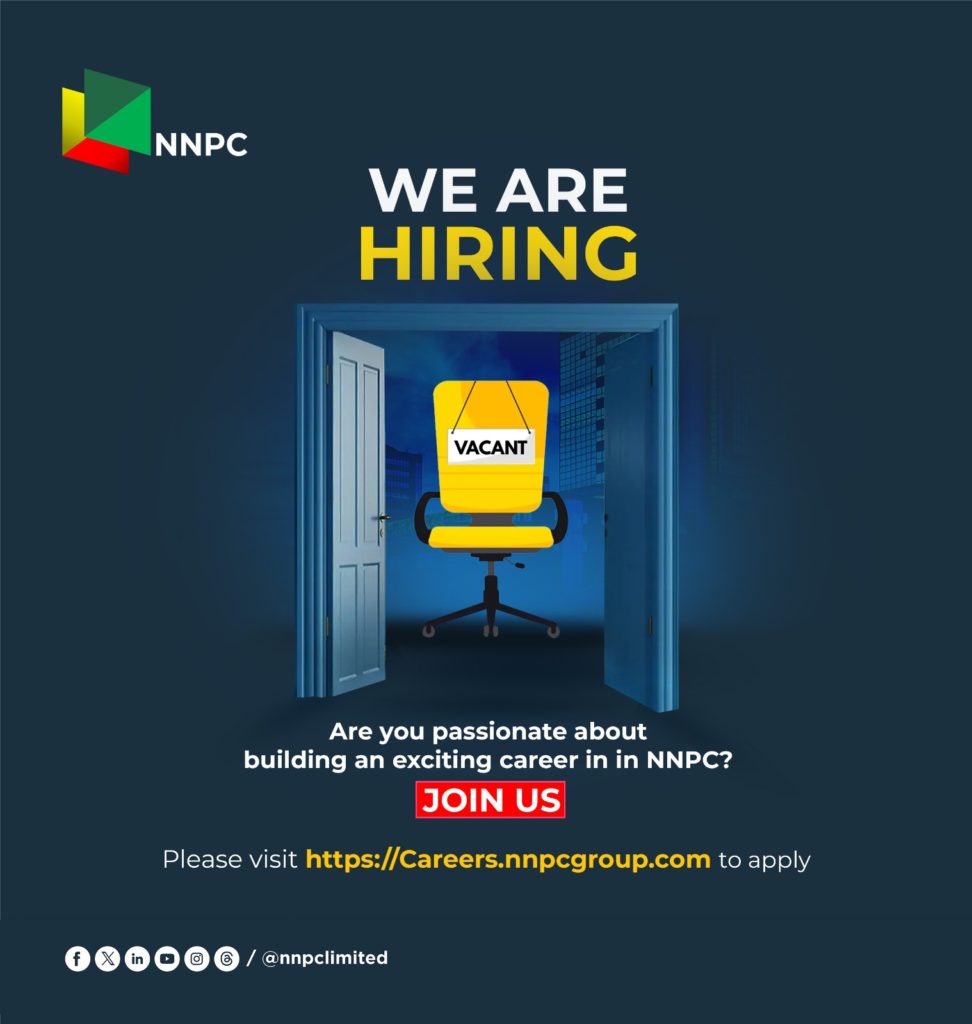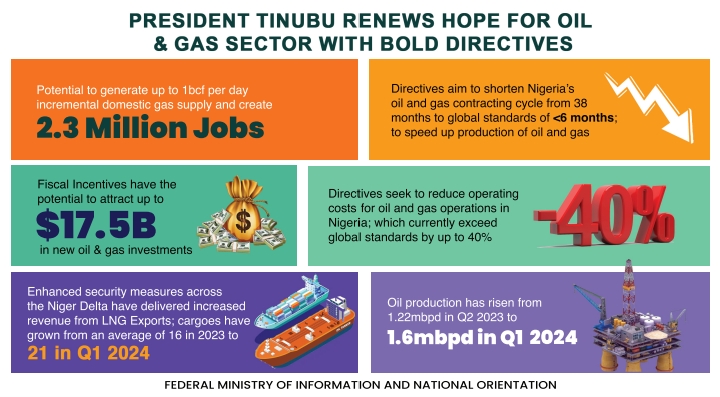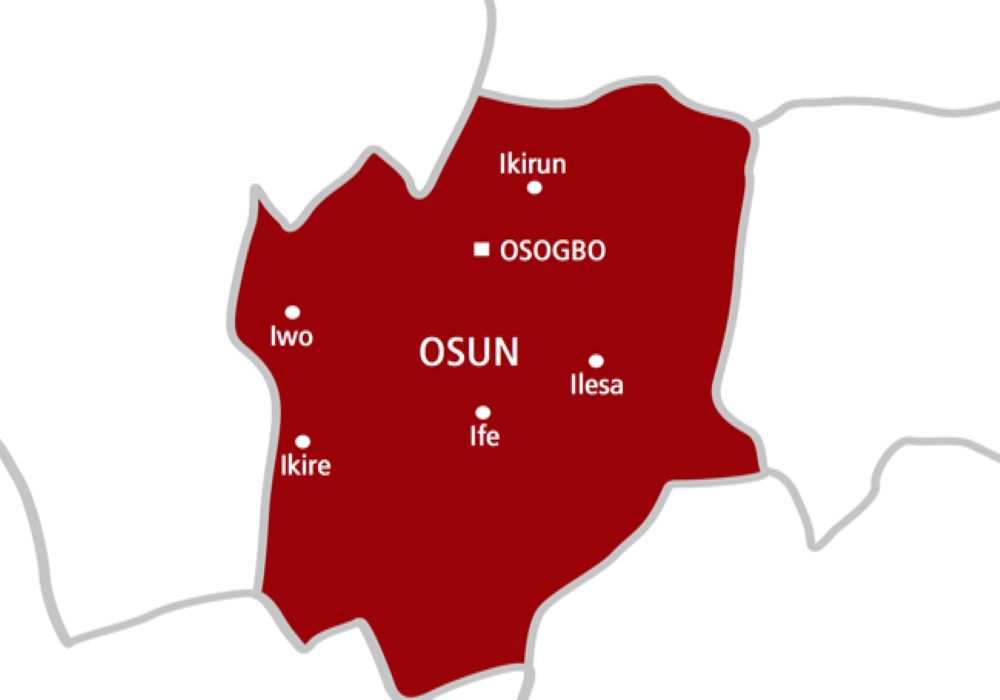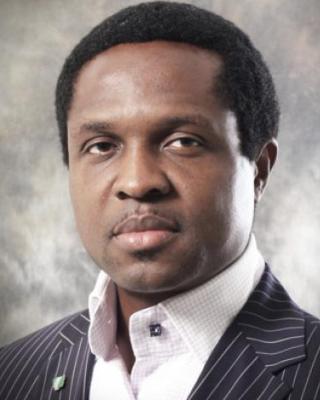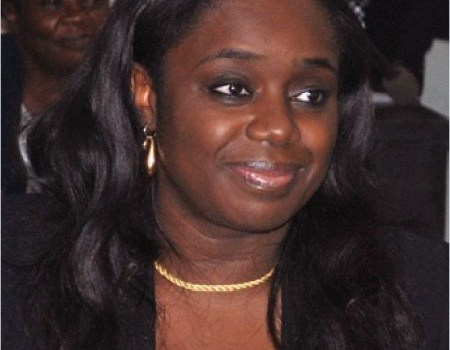Motoring
Crossover rollouts continue with Porsche, Ford concept at LA show
LOS ANGELES – Consumers’ growing love affair with “crossover” vehicles that combine the functionality and cachet of sport utility vehicles with the comfort and performance of a car shows no signs of abating with Germany’s Porsche unveiling the compact luxury Macan.
Porsche is just the latest in the global automotive industry to pile on more crossovers as it showed off its fifth model, including its second crossover, at the Los Angeles Auto Show on Tuesday night.
Meanwhile, Ford Motor Co, which has numerous sport utility and crossover models in its lineup, was scheduled to introduce a design concept of its Edge on Wednesday that hints at the look of future versions of that mid-sized crossover.
“This is not a specialty product anymore. This is a core, mainstream body style,” Ford’s global marketing chief, Jim Farley, said of crossovers like the Edge concept.
 Crossovers’ advantages include their prestige imagery, the functionality of the interior and the ability of drivers to sit above the traffic and have a commanding view of the road, he said.
Crossovers’ advantages include their prestige imagery, the functionality of the interior and the ability of drivers to sit above the traffic and have a commanding view of the road, he said.
The SUV craze really started with the Jeep Cherokee in the mid-1980s and then accelerated when Ford introduced the Explorer in the early 1990s. But the car-based Lexus RX300, introduced in the U.S. market in 1998, took the industry in a new direction, Kelley Blue Book senior analyst Karl Brauer said.
With a smoother ride, more amenities and better fuel mileage than truck-based SUVs, the new crossovers eventually overtook even minivans and wagons as the family vehicle of choice, he said.
Crossover sales in the United States have risen from just over 2 million vehicles in 2008 to an estimated 3.9 million this year, according to research firm LMC Automotive. And with almost 70 new or redesigned models debuting in the next four years, that number should top 4.2 million sales in 2017.
The industry is seeing the continued refinement of the segment and the push deeper into premium, analysts said.
Land Rover introduced its Evoque and Jaguar announced its intention to enter the game with its C-X17. Both brands are owned by India’s Tata Motors. And companies already there like BMW AG, Daimler AG’s Mercedes and Volkswagen AG’s Audi brand are expanding their crossover lineups.
“We have evolved into a society that loves our utilitarian vehicles, but we want them as car-like as possible,” Brauer said. “These crossovers, be they mid-sized or smaller, be they volume or premium, are just continuing to sell better and better.
“If you build some kind of an SUV crossover-sized vehicle that rides and looks remotely well, mid-sized or smaller, you will sell a lot,” he added.
Porsche’s entire product mix and revenue stream changed with the introduction of the Cayenne in 2002 and the smaller 2015-model Macan will only extend that trend, Brauer said. Porsche officials said the addition of the Macan means the sports car company will eventually derive more than half its sales from crossovers.
LMC analyst Jeff Schuster said the big growth area for crossover vehicles now is the compact premium segment where the Macan will play when it debuts in the spring with a starting price of almost $51,000. Everywhere else, there will be a leveling off as competition heats up with so many introductions and redesigns.
Porsche executives said they will start with an annual manufacturing capacity for the Macan of 50,000 vehicles to serve its global markets. Bernhard Maier, Porsche’s board member in charge of sales and marketing, said the car is aimed at the brand’s urban, young consumers.
Mainstream brands are enjoying the ride as well as Brauer said Ford cannot build enough SUVs and crossovers as sales of the Escape, Explorer, Flex and Edge continue to rise. “The lesson seems to be there’s no such thing as too many SUVs in your lineup.”
The No.2 U.S. automaker is aiming to turn the Edge into a global vehicle just like it has the EcoSport and Escape/Kuga SUVs with the biggest opportunity to pick up sales in China, the world’s largest auto market, Farley said. The company has said it also plans to sell the new Edge in Europe.
Even in Europe, where sales have slumped, demand is growing for utility vehicles and Ford officials said Edge sales in the U.S. market will set a new high this year with more than half its buyers being new to the Ford brand.
The Edge was introduced in 2006 and remodeled four years later, and while Ford has not said when a next version will debut analysts expect it early 2015.
– REUTERS
Motoring
FCTA Pulls Plugs On Taxi Rank, Terminal Services Contracts
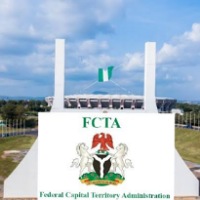
The Federal Capital Territory Administration (FCTA) has ended contracts with taxi rank and terminal operators due to their failure to meet engagement terms and conditions.
Mr. Ubokutom Nyah, the Mandate Secretary of the Transportation Secretariat, FCTA, made this announcement during a meeting with managers of these terminals and taxi ranks in Abuja.
Nyah clarified that due to the operators’ failure to fulfill their engagement terms, the FCTA had to terminate their contracts.
He instructed them to transfer control of the ranks to the Administration within three months, starting from Nov. 21.
He lamented the presence of unauthorized motor parks in the city and assured the readiness of the Administration to establish proper taxi ranks and terminals in the capital.
He revealed that personally visiting the city’s taxi ranks, terminals, and unauthorized motor parks gave him direct insight into the poor condition of these facilities.
He emphasized that as the federal capital city, Abuja deserves better, highlighting that the poor condition of these facilities attracts various criminal elements.
He said “We must rid Abuja of all these. I have gone round the taxi ranks, and of all the places I visited, not one is worthy to be called even a village motor park.”
The Mandate Secretary stressed that the intention wasn’t punitive; rather, it aimed to revamp the sector, introduce new engagement terms, and modernize taxi ranks and terminals in the federal capital.
He also highlighted the plan to increase the number of terminals and ranks where necessary, which would positively impact the administration’s revenue.
He emphasized that this measure was part of a broader effort to eliminate illegal motor parks in Abuja and curb the associated criminal activities.
In response, Mr. Adebisi Lawal, the Operator of Jahi Taxi Rank, praised the administration’s initiative to modernize the taxi ranks and terminals.
Lawal urged the administration to prioritize current operators’ involvement in the selection of new developers for the modernization of the taxi ranks and terminals.
Motoring
Power Show Sees Soldiers Batter LASTMA Officer

It was a show of power at the Ojota area of Lagos on Monday as soldiers pummeled an officer of the Lagos State Traffic Management Authority, (LASTMA).
Eyewitness accounts claim that the ugly scene played out around 8am, and saw about eight soldiers pounce on the yet to identified LASTMA official, while his colleagues took to their heels.
The video of the melodrama has gone viral, where the LASTMA official was appealing to the soldiers, who appeared bent on ‘teaching him a lesson’.
This onslaught comes on the back of a reported assault of a soldier at the same location by LASTMA officials last week.
It would appear that what played out today was the army asserting its authority and defending their khaki as the armed soldiers carried out what looked like a revenge mission.
Eyewitnesses further averred that the victim was rushed to a nearby hospital, after the soldiers left the scene.
It was gathered that the authorities at LASTMA has reported the incident to the military authorities who are said to be looking into the matter.
Meanwhile many members of the public are rejoicing that the soldiers have taught the crude LASTMA official that power is stronger than power, for all their atrocities against motorists on Lagos roads.
Motoring
Intra-City Fares Skyrocket By 98% Month-On-Month – NBS
The impact of the removal of subsidy on Premium Motor Spirit (PMS), otherwise known as petrol, has seen the pump prices of the product skyrocket with a corresponding increase in the cost commercial transportation in Nigeria.
According to the National Bureau of Statistics (NBS), intra-city bus transportation fares across Nigerian cities, measured between May and June 2023, increased from N649.59 to N1,285.41 in June 2023.
This translates to 98 percent growth or N635.82 within the month in view.
The NBS made the data available in its Transport Fare Watch report for June 2023.
In the report, the NBS also shared the breakdown of bus journeys within the cities per drop for constant routes; bus journey intercity (state route); charges per person, amongst others.
On a year-on-year basis, the report has it that bus fares rose by 120.63 percent from N582.61 paid by commuters in June 2022.
The average fare paid by commuters for bus journey intercity per drop rose to N5,686.49 in June 2023 compared to N4,002.16 in May 2023 indicating an increase of 42.09 percent, month-on-month.
The report read, “The average fare paid by commuters for bus journeys within the city per drop increased by 97.88 per cent from N649.59 in May 2023 to N1,285.41 in June 2023.
On a year-on-year basis, it rose by 120.63 per cent from N582.61 in June 2022.
“In another category, the average fare paid by commuters for bus journey intercity per drop rose to N5,686.49 in June 2023, indicating an increase of 42.09 on a month-on-month basis compared to N4,002.16 in May 2023.
“On a year-on-year basis, the fare rose by 55.25 per cent from N3,662.87 in June 2022.”
Biztellers reported that the twin forces of forex pressure and increasing price of Brent in the global market would likely see the pump prices of petrol, increased again in no distant time in Nigeria.


